Planning a "Healthy Diet" Is Easy
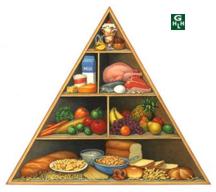
Planning a healthy diet for your family using the USDA Food Pyramid is simple. Our goal with this website is to not only help you to live green, but to live well, and eating right is essential to that purpose. By using the USDA food pyramid, you can plan great meals that provide all of the nutrients that your family needs.
Make Smart Choices From Every Food Group
Diets that eliminate a food group are not healthy diets. A healthy eating plan is one that:
1. Emphasizes fruits, vegetables, whole grains, and fat free or low fat milk products.
2. Includes lean meats, poultry, fish, beans, eggs, and nuts.
3. Is low in saturated fats, trans fats, cholesterol, salt(sodium), and added sugars.
For a Healthy Diet, Mix up Your Choices Within Each Food Group
Focus on Fruit
Eat a variety of fruits. Fresh, frozen, canned or dried. Fruit juice alone won't do. For a 2000 calorie diet, you need 2 cups of fruit per day. for example 1 small banana, 1 large orange, 1/4 cup dried apricots or a peach.
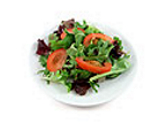
Vary Your Vegetables
Eat at least 2 servings of dark green vegetables, IE. broccoli, kale, or spinach. Orange vegetables, like sweet potatoes, pumpkin, carrots, winter squash. And don't forget beans and peas, like pinto beans, black eye peas, kidney beans, and lentils.
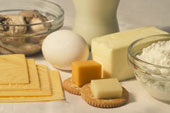
Don't forget Your Calcium Rich Foods
Milk, cheese, yogurt, at least three cups per day. 1 oz of cheese equals 1 cup of milk. Can't drink milk? Try Lactose free milk, or try calcium enriched foods.
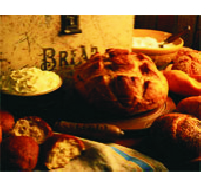
Make Half Of Your Grains Whole Grain.
Eat at least 3 ounces of whole grain cereals, breads, crackers, rice, or pasta every day. One ounce is 1 slice of bread, 1 cup of breakfast cereal, or 1/2 cup of cooked rice or pasta. Look on the label to see if the grains used are whole grains.
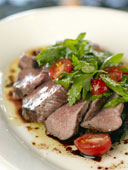
Go Lean With Protein.
Choose only lean cuts of meat and poultry. Bake it, broil it, or grill it. And vary your protein choices by adding some fish, beans, and peas. My family loves green pea soup with cornbread or Black beans with rice.We also sometimes like Pasta Fagioli, which is a white bean and pasta dish.
Vitamin Supplements When We Can't Eat Right
We all know that eating a balanced diet is essential. With our busy lives, getting the correct nutrition is not always possible. To help us get the nutrition we need we should supplement our diet with Vitamins; however, they should be used only in addition to a healthy diet, not replace it. Certain nutrients can only be obtained through consuming fresh fruits and vegetables.
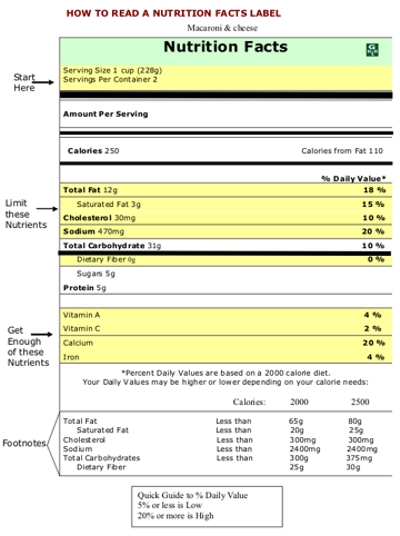
Nutrition Know The Facts
Know The Limits On Fats, Salt, and Sugars. Read labels carefully, and avoid processed foods as they are high in saturated and trans fats. Choose and prepare foods with little or no salt and /or added sugar. This is very important to a healthy meal .
Most packaged foods have a nutrition facts label. For a healthy diet, use this tool to make smart choices quickly and easily.
Try these tips:
1. Keep these low: saturated fats, trans fats, cholesterol and sodium.
2. Get enough of these: potassium, fiber, vitamins A and C calcium, and iron.
3. Use the Daily Value (DV) column when possible. 5% Dv or less is low, 20% or more is high.
Don't Give In When You Are Out
It's important , when planning a healthy diet, to make smart choices and to watch portion sizes wherever you are.
Try these tips:
1. At the store, take a list. Plan your meals and snacks for the week in advance, take your shopping list with you, and stick to the list.
2. When grabbing lunch out, get a sandwich on whole grain bread, or try the chef salad, with a roll on the side. Drink low fat milk or a drink with no sugar added.
3. On a long commute, or shopping trip, take along some fresh fruit, nuts, or string cheese to snack on.
4. When eating in a restaurant, opt in for steamed, grilled, or broiled dishes instead of fried or sauteed. Also, no need to clean your plate take home your leftovers for tomorrow's lunch.
Finding Your Balance
Yes, it is work to eat a healthy diet. But in addition to eating right, it is also very important to find your balance between food and physical activity.
Becoming a healthier you, is not just about eating healthy, it's also about physical activity. The old adage "USE IT OR LOSE IT" is the most true statement ever made. Regular physical activity is important to your overall fitness. It also helps you control your body weight by balancing the calories you take in with the calories that you use every day.
Remember this, if you eat 100 more food calories a day than you burn off, you will gain about 1 pound per month. That is 12 pounds per year. The bottom line is, to lose weight, you must burn more calories than you consume.
Here Are Some Tips To Help You Along:
1. Be physically active at least 30 minutes a day at least 4 days per week.
2.Increasing the amount you are active can be even more beneficial. Upping your workout to 60 minutes will help you to lose weight and to maintain a weight loss.
3. Children and teenagers should be physically active for at least 60 minutes per day, every day. Go to my Exercise page for more information.
Diabetics Can Benefit From This Diet
Using the food pyramid is a great way to control your blood sugar and your weight. Go to my Diabetic Diets page for more information.
Get The Most Out Of Your Calories
Depending on your age, activity level, and whether you are trying to gain, maintain, or lose weight, the number of calories that your consume is critical. You could use up your entire daily caloric intake on just a few high calorie items, but you won't get the full range of vitamins and minerals that you need.
Choose the most nutritionally rich foods that you can from each food group every day; those packed with vitamins, minerals, fiber, and other nutrients, but lower in calories.
If you have some favorite recipes, but need to alter them for your new healthy diet go to my Healthy Cooking Tips page.
2000 calories a day is the general reference used on a food label. But yours may vary.


